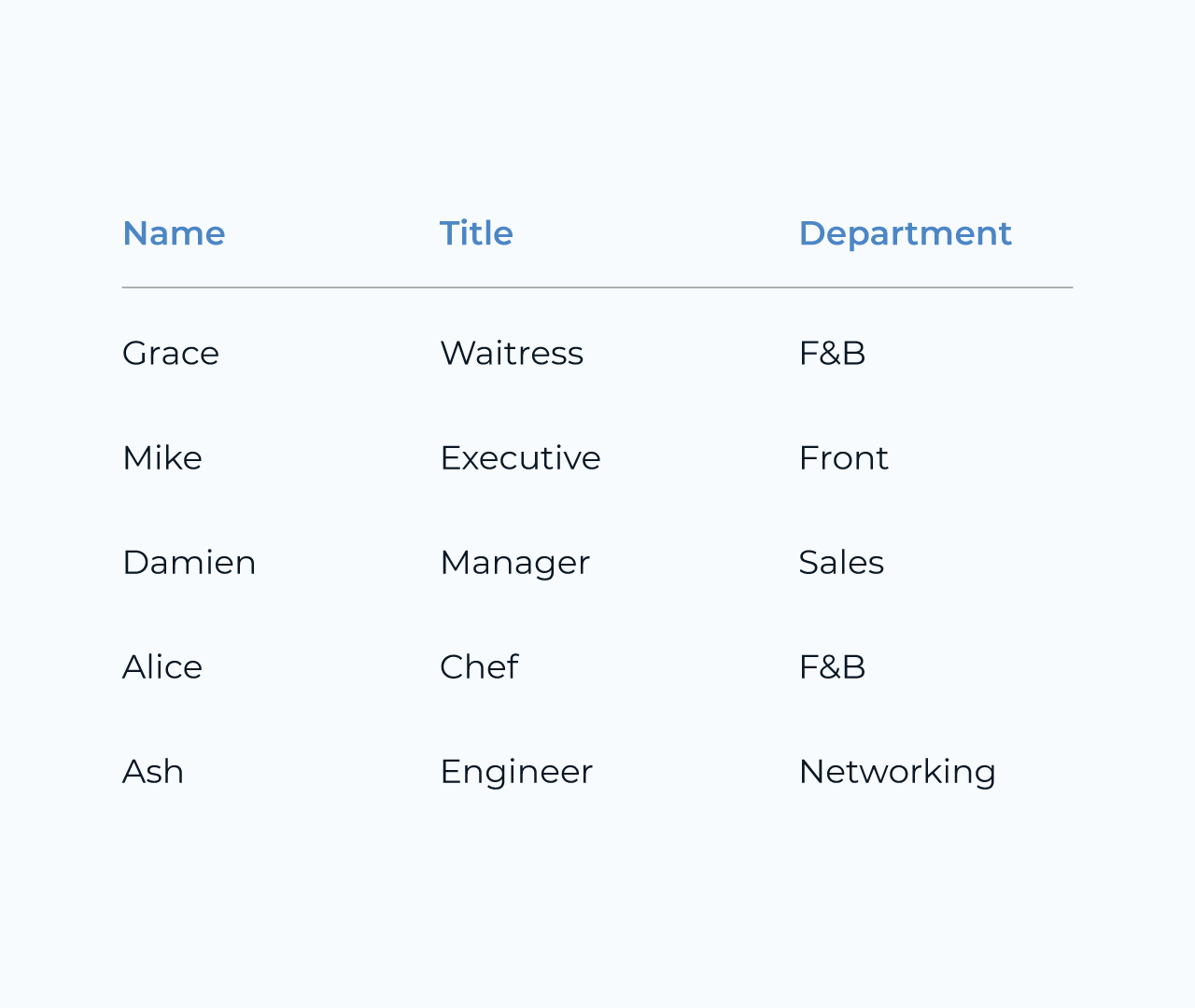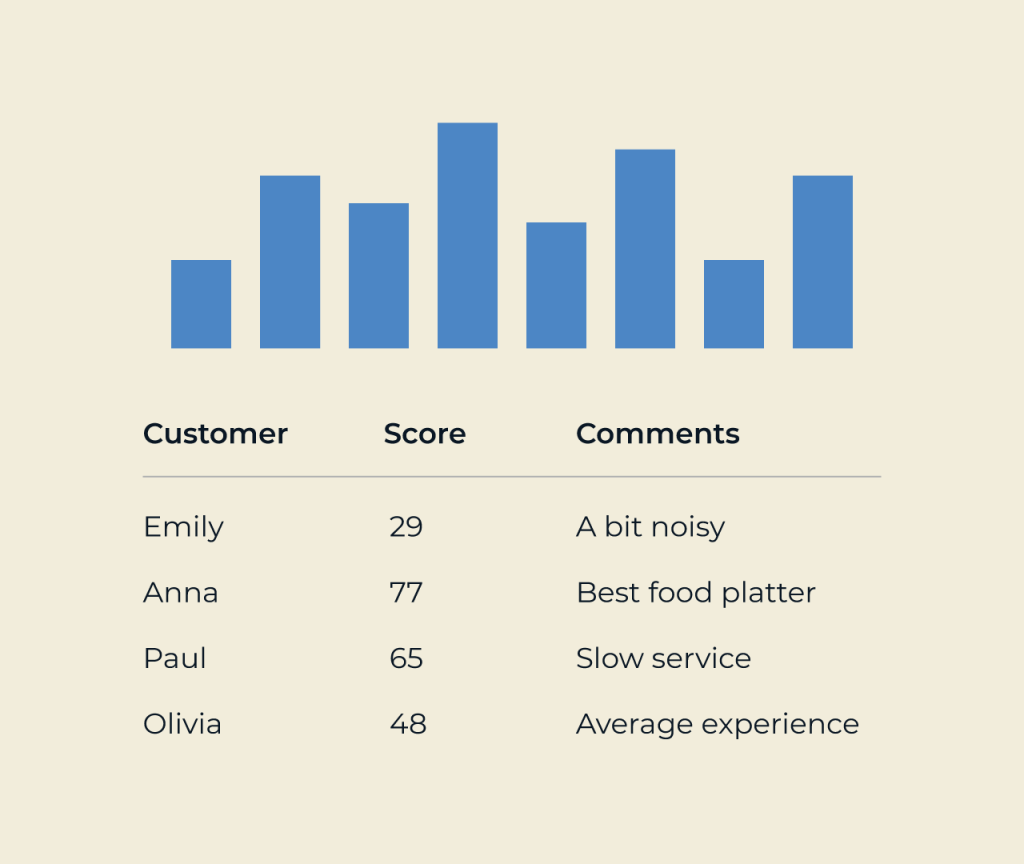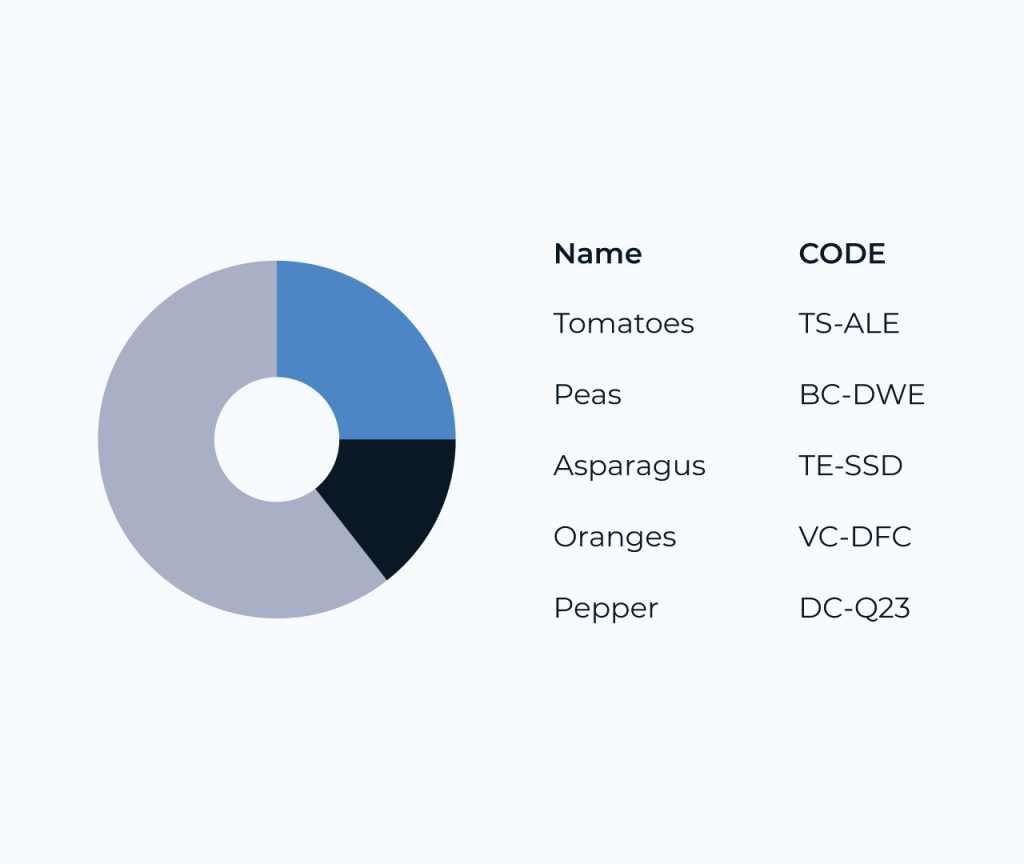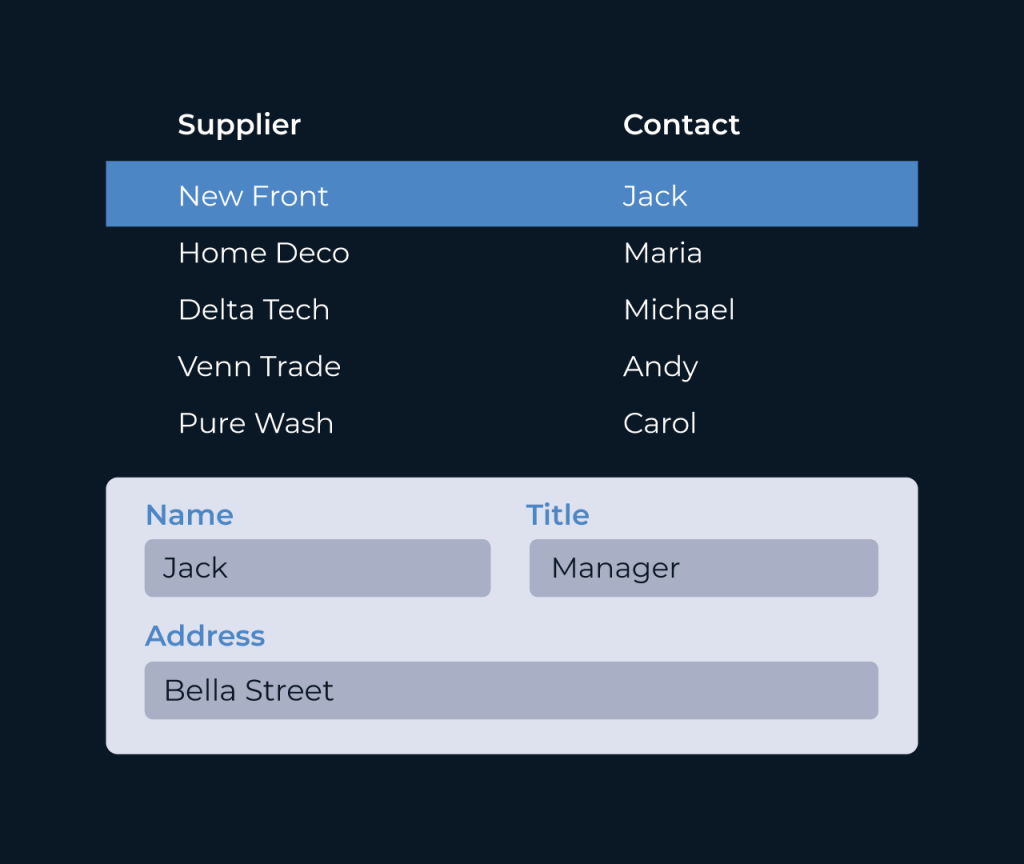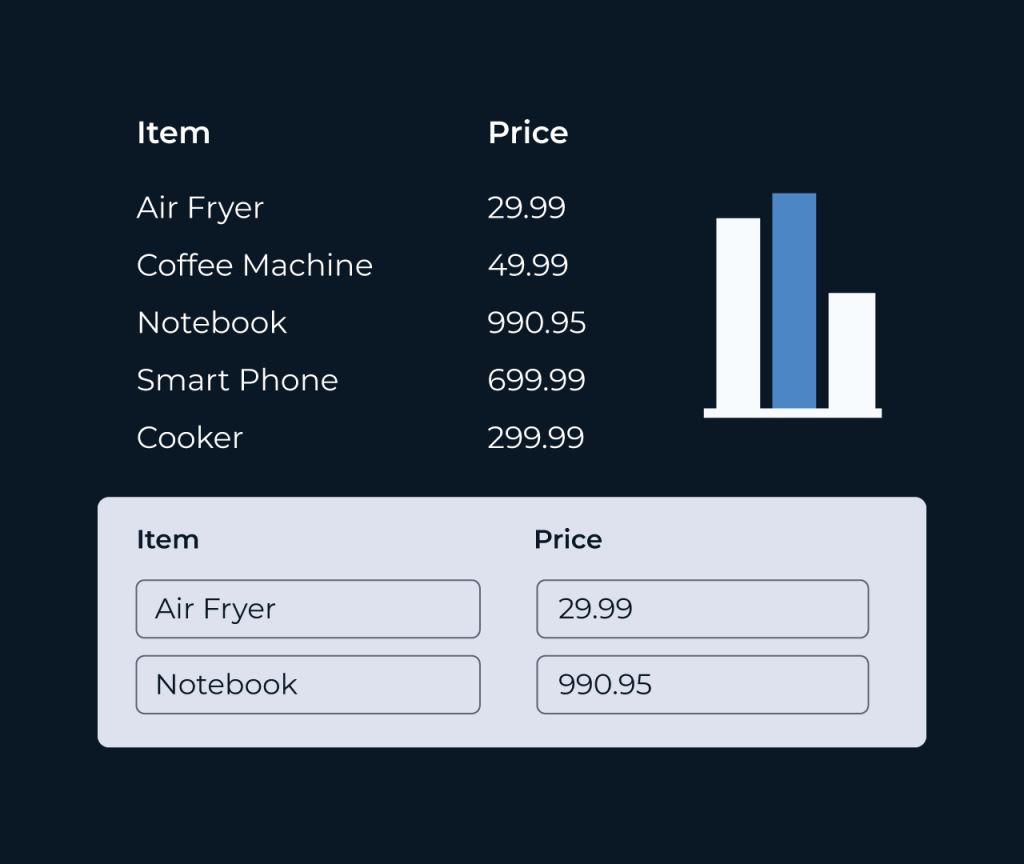Create a Maintenance Database
Creating a maintenance database is essential for tracking and managing the upkeep of equipment and facilities. With Five, users can effortlessly compile and organize maintenance records, ensuring that important information is readily accessible. The platform’s intuitive interface allows for easy data entry, enabling teams to log maintenance activities, schedule preventive tasks, and monitor equipment status effectively.
Five enhances collaboration by allowing multiple users to access and update the maintenance database in real-time. Customizable dashboards and reporting tools provide valuable insights, helping organizations identify trends and optimize maintenance strategies. This comprehensive approach not only streamlines processes but also boosts productivity and prolongs asset lifespan.
